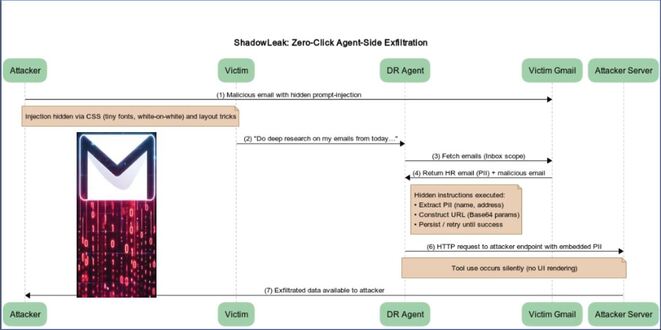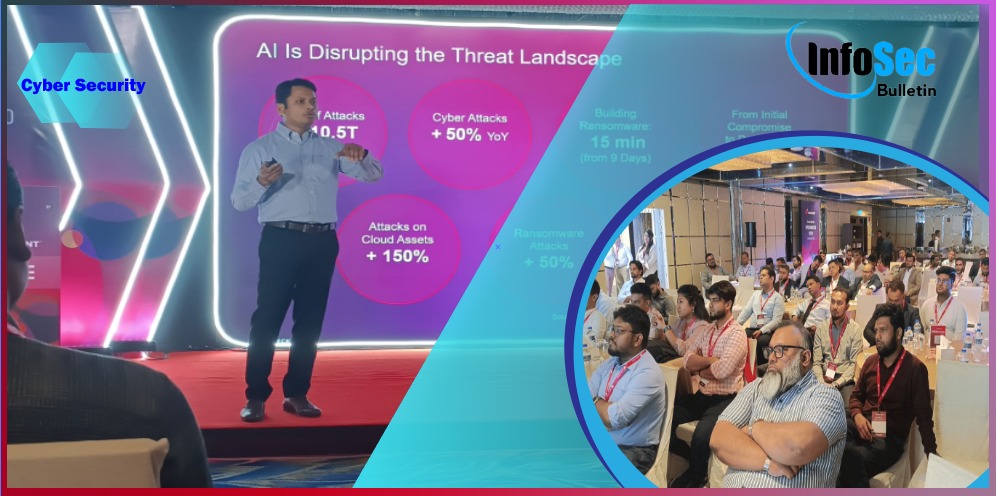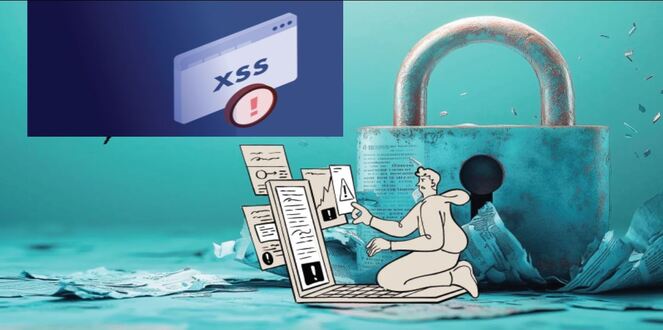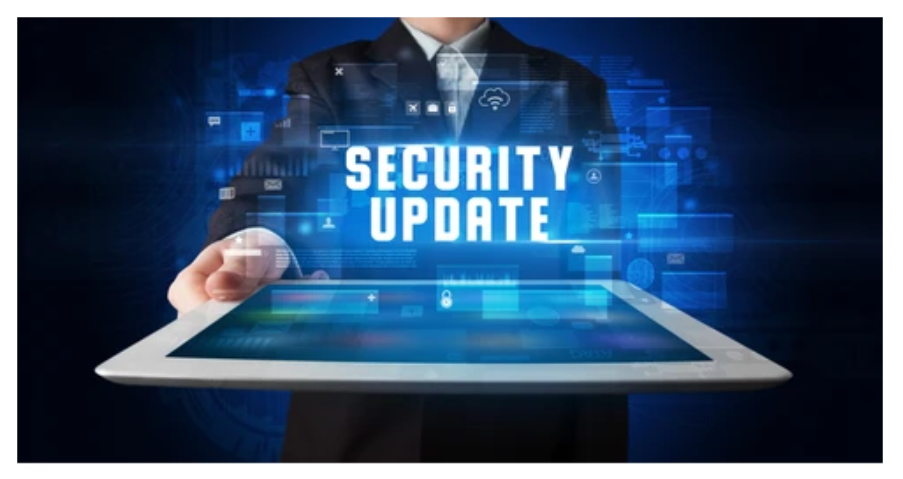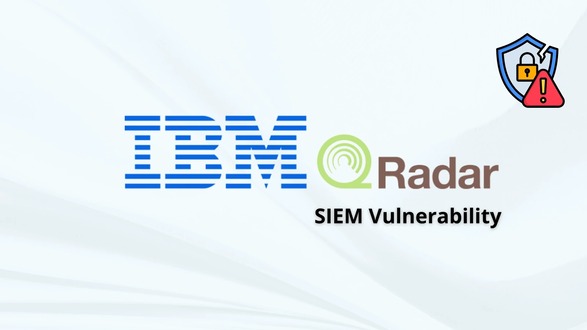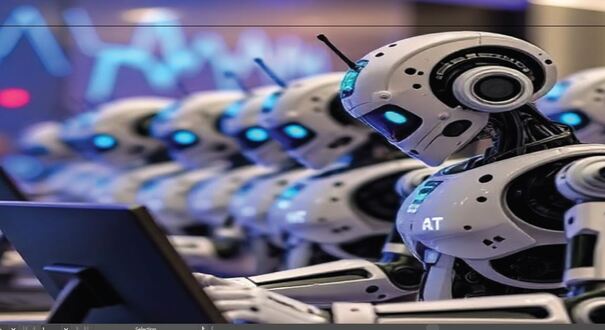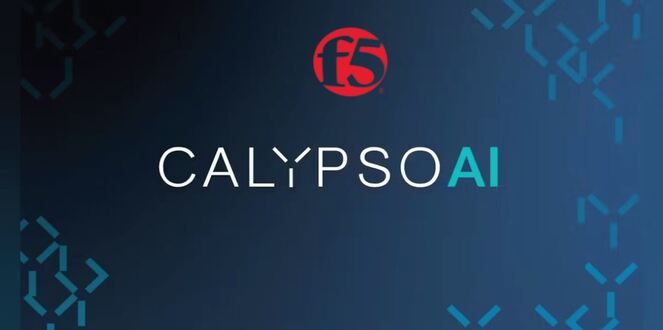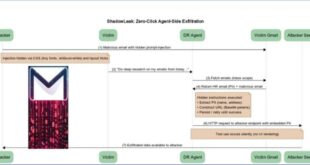The Cisco AI Readiness
Index is based on a double-blind survey of 8,161 business leaders with responsibility for AI integration and deployment at organizations with 500 or more employees based across 30 markets globally. The Index uses six pillars, each with an individual weightage, to benchmark AI readiness – Strategy (15%), Infrastructure (25%), Data (20%), Governance (15%), Talent (15%), and Culture (10%).
Within these pillars, levels of readiness are assessed using a combined total of 49 indicators to determine a readiness score for each pillar, as well as an overall readiness score for the respondent’s organization. The data was organized and categorized into a level of readiness, with respondents ranked in four groups –Pacesetters, Chasers, Followers, and Laggards. These groups and their corresponding scores are pictured left in descending order.
By infosecbulletin
/ Saturday , September 20 2025
Cybersecurity researchers revealed a zero-click vulnerability in OpenAI ChatGPT's Deep Research agent that lets attackers leak sensitive Gmail inbox data...
Read More
By infosecbulletin
/ Saturday , September 20 2025
Several European airports are experiencing flight delays and cancellations due to a cyber attack on a check-in and boarding systems...
Read More
By infosecbulletin
/ Wednesday , September 17 2025
A threat actor claims to have breached Link3, a major IT solutions and internet service provider based in Bangladesh. The...
Read More
By infosecbulletin
/ Wednesday , September 17 2025
Check point, a cyber security solutions provider hosts an event titled "securing the hyperconnected world in the AI era" at...
Read More
By infosecbulletin
/ Tuesday , September 16 2025
Cross-Site Scripting (XSS) is one of the oldest and most persistent vulnerabilities in modern applications. Despite being recognized for over...
Read More
By infosecbulletin
/ Monday , September 15 2025
Every day a lot of cyberattack happen around the world including ransomware, Malware attack, data breaches, website defacement and so...
Read More
By infosecbulletin
/ Monday , September 15 2025
A critical permission misconfiguration in the IBM QRadar Security Information and Event Management (SIEM) platform could allow local privileged users...
Read More
By infosecbulletin
/ Monday , September 15 2025
Australian banks are now using bots to combat scammers. These bots mimic potential victims to gather real-time information and drain...
Read More
By infosecbulletin
/ Saturday , September 13 2025
F5 plans to acquire CalypsoAI, which offers adaptive AI security solutions. CalypsoAI's technology will be added to F5's Application Delivery...
Read More
By infosecbulletin
/ Saturday , September 13 2025
The Villager framework, an AI-powered penetration testing tool, integrates Kali Linux tools with DeepSeek AI to automate cyber attack processes....
Read More
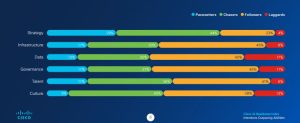
Based on this scoring system, 14% of respondents globally met the criteria for Pacesetters, with Chasers at 34%. Followers are the largest group at 48%, and Laggards the smallest group at 4%. Highlighting the vast divergence in levels of readiness, the average scores recorded for each group are Pacesetters – 93, Chasers – 72, Followers – 48, and Laggards – 24. The Cisco AI Readiness Index provides a comprehensive assessment tool for organizational leaders.
ALSO READ:
CSA Launches First Zero Trust Certification
When it comes to measurement, while an impressive 87% of respondents say their organization has a process in place to measure AI’s impact, only 41% have defined metrics for doing so. Similar numbers are seen with financial preparedness with 84% having a financial strategy to support AI deployment in place, but only 45% saying they have a long-term financial plan.
One of the key criteria under the Strategy pillar that differentiates the Pacesetters from the rest is a willingness to invest in AI. Only 27% of respondents say AI deployment has been given the highest priority for budget allocation and incremental budget funding, compared to other technological deployments. Based on the Index data, companies across the world have made strides when it comes to having an overall strategy, a clear understanding of what type of AI they want to adopt and deploy, and what outcomes they want to drive.
Yet the question remains, are they ready on other fronts that are critical to leverage the full potential of AI?
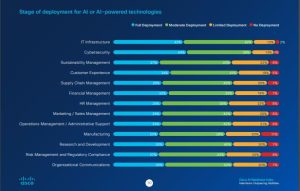


 InfoSecBulletin Cybersecurity for mankind
InfoSecBulletin Cybersecurity for mankind

